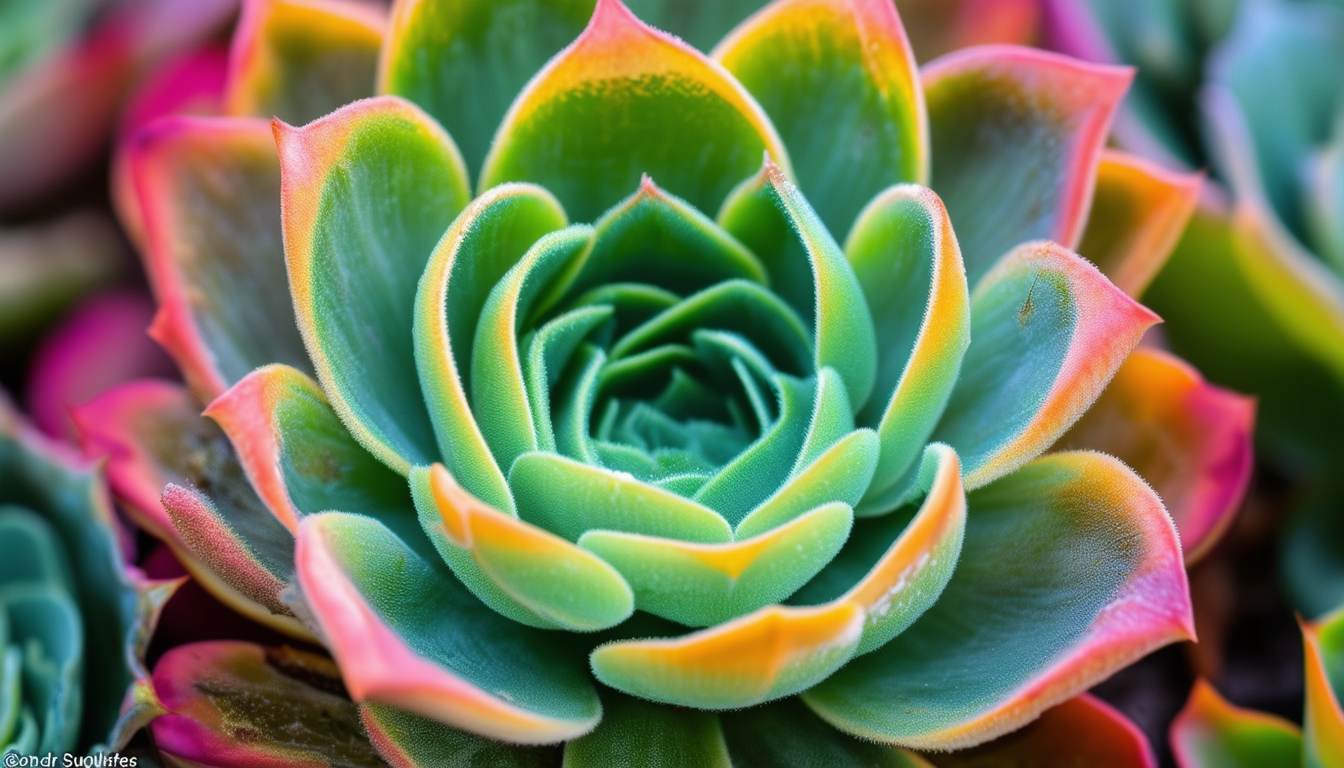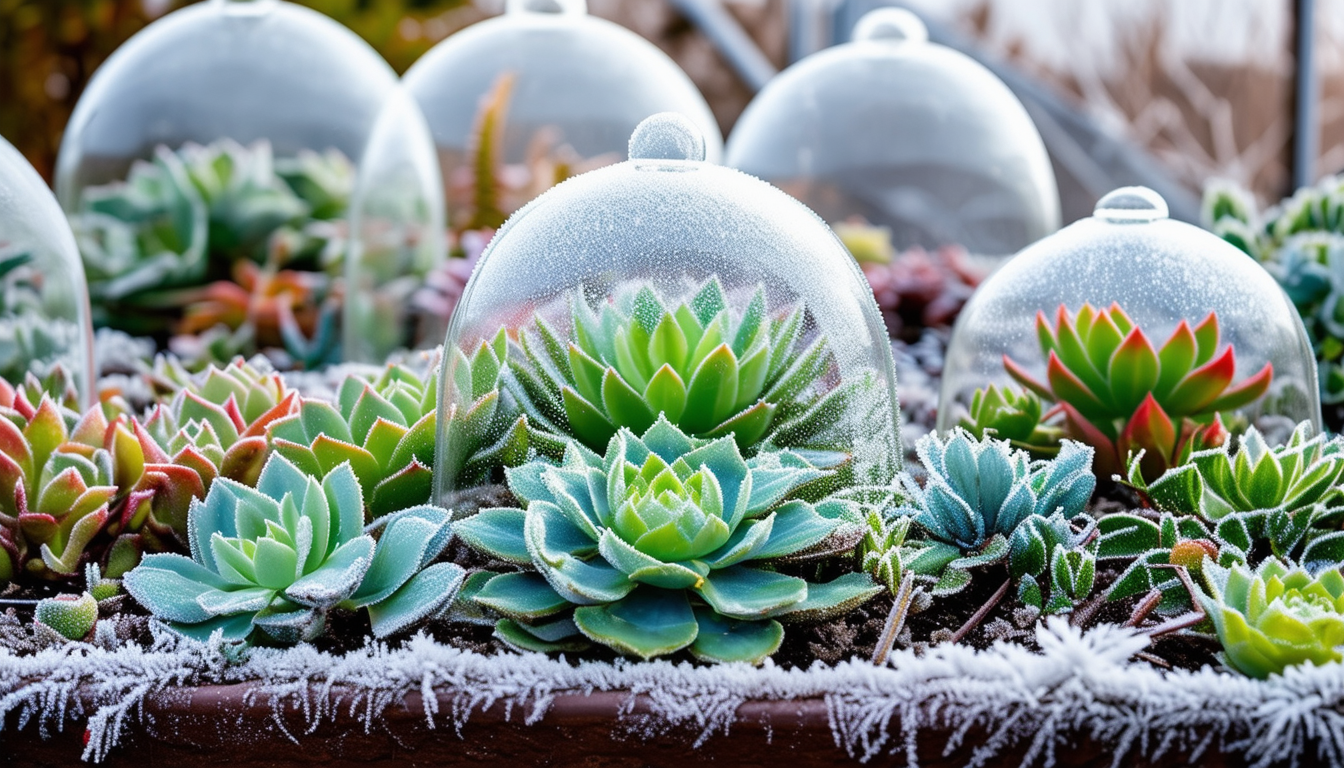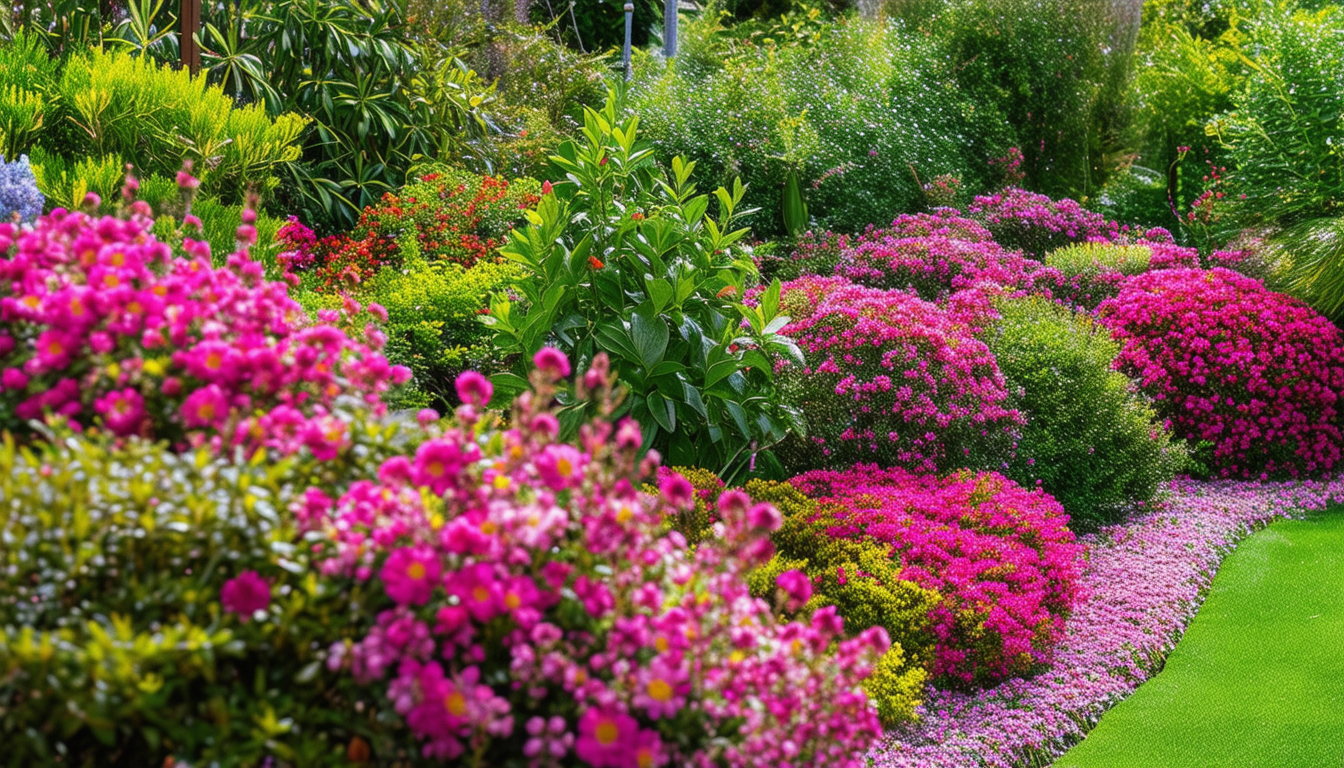
Discover the secrets to nurturing your flowering succulents for vibrant blooms and healthy growth.
Understanding the Blooming Cycle of Succulents
Succulents are known for their unique ability to store water in their leaves, stems, and roots, which allows them to thrive in arid conditions. However, when it comes to flowering, these hardy plants require specific conditions to produce vibrant blooms. The blooming cycle of succulents can vary significantly depending on the species, with some flowering annually, while others may take several years to bloom.
Understanding the natural habitat and growth cycle of your succulent can provide insights into its blooming patterns. Generally, succulents will bloom when they are mature and have received adequate care, including proper light, water, and nutrients. Some succulents may also need a period of dormancy before they can produce flowers.
Optimal Light and Temperature Conditions
Light is a crucial factor in encouraging succulents to flower. Most succulent species require plenty of bright, indirect sunlight to thrive and produce blooms. Positioning your succulents near a south-facing window can provide the ideal light conditions. However, be cautious of direct sunlight, which can scorch the leaves.
Temperature also plays a significant role in the blooming process. Succulents generally prefer warm temperatures during the growing season, with cooler temperatures in the winter to simulate their natural dormancy period. Aim to keep your succulents in temperatures between 60-80°F (15-27°C) during the day and slightly cooler at night.
Watering Techniques for Flowering Succulents
Proper watering is essential for the health and blooming potential of succulents. Overwatering is one of the most common mistakes that can prevent succulents from flowering. It’s important to let the soil dry out completely between watering sessions to avoid root rot.
During the growing season, succulents typically need more frequent watering. However, in the winter months, when many succulents enter a dormant phase, reduce watering to once every few weeks. Always use a well-draining pot and soil to prevent water from pooling at the roots.
Choosing the Right Soil and Fertilizers
Selecting the appropriate soil is vital for succulent growth and flowering. A well-draining soil mix, often a blend of potting soil, sand, and perlite, is ideal for succulents. This helps prevent waterlogging and encourages healthy root development.
Fertilizing your succulents can also enhance their growth and blooming. Use a balanced, water-soluble fertilizer diluted to half strength during the growing season. Avoid over-fertilizing, as this can lead to nutrient burn and may inhibit flowering.
Common Issues and How to Solve Them
Even with the best care, succulents can encounter issues that may affect their ability to flower. Common problems include overwatering, insufficient light, and pest infestations. Overwatering can lead to root rot, which is often indicated by mushy leaves and a foul odor. To solve this, reduce watering frequency and ensure proper drainage.
Insufficient light can cause etiolation, where the plant stretches and becomes leggy. This can be remedied by moving the succulent to a brighter location. Pests such as mealybugs and spider mites can also hinder blooming. Regularly inspect your plants and use insecticidal soap or neem oil to treat infestations.



